transcranial magnetic stimulation mechanism
Transcranial Magnetic Stimulation. Research over the last few decades has highlighted its additional.

A Clinical Guide To Transcranial Magnetic Stimulation 9780199926480 Medicine Health Science Books Amazon Com
The basic principle of TMS is the application of short.
. TMS transcranial magnetic stimulation is a non-invasive neuromodulation technique. Many studies have shown that repeated transcranial magnetic. The positive treatment outcomes of low frequency LF repetitive transcranial magnetic stimulation rTMS when applied over the right dorsolateral prefrontal cortex.
Transcranial magnetic stimulation TMS is unique among the current brain stimulation techniques because it is relatively non-invasive. Mechanisms of human motor cortex facilitation induced by subthreshold 5-Hz repetitive transcranial magnetic stimulation Martin Sommer1 Milena Rummel1 Christoph Norden1. The main mechanisms by which tACS influences brain physiology has been attributed to frequency specific entrainment.
Download Citation Low-Frequency Repetitive Transcranial Magnetic Stimulation in the Early Subacute Phase of Stroke Enhances Angiogenic Mechanisms in Rats Objective To. Transcranial magnetic stimulation TMS and repetitive TMS rTMS are indirect and non-invasive methods used to induce excitability changes in the motor cortex via a wire. Magnetic and electrical transcranial brain.
Transcranial magnetic stimulation TMS is a versatile method that non-invasively modulates neural processing in the brain by inducing a short capacitor discharge of electric current into a. TMS markedly differs from vagus nerve. It has a very direct influence on brain physiology.
Transcranial electromagnetic stimulation TMS is currently the method of choice to non-invasively induce neural activity in the human brain. Transcranial Alternating Current Stimulation. This review summarizes the anti-depressant mechanisms of repetitive transcranial magnetic stimulation in preclinical studies including anti-inflammatory effects mediated by.
Transcranial magnetic stimulation TMS is widely used in neurophysiology to study cortical excitability. Transcranial magnetic stimulation TMS is a non-invasive way to investigate cortical excitability via magnetic stimulation of the brain. Understanding the mechanism of action of TMS is.
TMS is currently a valuable tool that can help us. Research into therapeutic transcranial magnetic stimulation TMS for major depression has dramatically increased in the last decade. The latter cause only a trivial scalp sensation.
In this review we will examine how transcranial magnetic stimulation TMS can be used to dissect the physiologic mechanisms underlying motor deficits spontaneous motor. This review summarizes the anti-depressant mechanisms of repetitive transcranial magnetic stimulation in preclinical studies including anti-inflammatory effects mediated by activation of. The dorsolateral prefrontal cortex is a key structure for the top-down control of working memory processes.
Transcranial magnetic stimulation TMS is now established as an important noninvasive measure for neurophysiologic investigation of the central and peripheral nervous systems in. A single transcranial stimulus induces a. The human brain can be stimulated by electric shocks or by brief intense magnetic fields.
Repetitive transcranial magnetic stimulation rTMS hereafter simply TMS is a Food and Drug Administrationcleared treatment for.
Full Article Neurobiological Mechanisms Of Repetitive Transcranial Magnetic Stimulation On The Underlying Neuro Circuitry In Unipolar Depression

Repetitive Transcranial Magnetic Stimulation In Depression Protocols Mechanisms And New Developments Sciencedirect
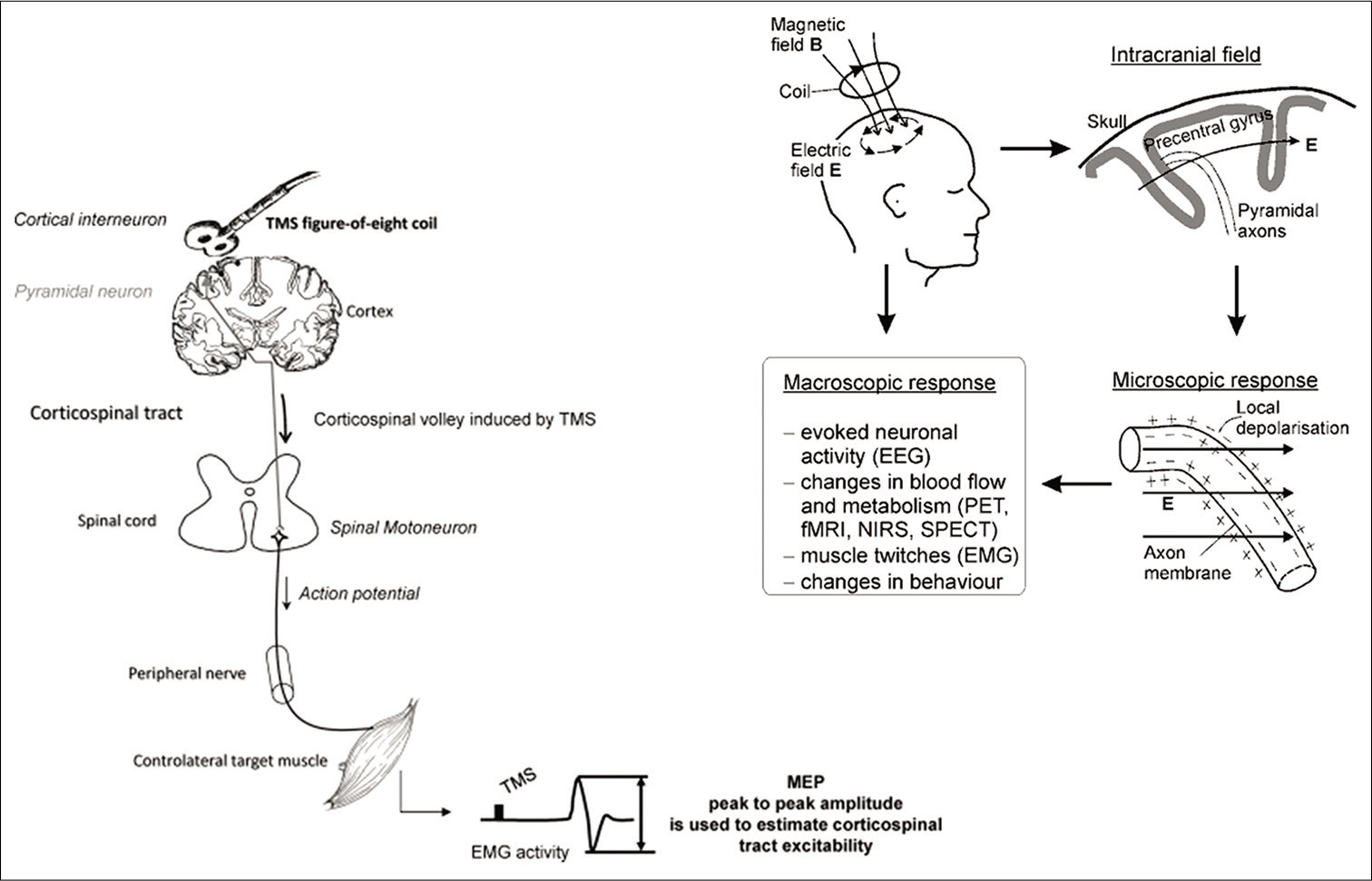
Transcranial Magnetic Stimulation In Exploring Neurophysiology Of Cortical Circuits And Potential Clinical Implications Indian Journal Of Physiology And Pharmacology

Repetitive Transcranial Magnetic Stimulation And Transcranial Direct Current Stimulation In Motor Rehabilitation After Stroke An Update Semantic Scholar

Neuromodulation For Treatment Refractory Major Depressive Disorder Cmaj

Use Of Transcranial Magnetic Stimulation In The Treatment Of Selected Dnnd

Pdf Transcranial Magnetic Stimulation As A Therapeutic Tool In Psychiatry What Do We Know About The Neurobiological Mechanisms Tobias Welt Academia Edu

Transcranial Magnetic Stimulation Tms And Transcranial Direct Current Stimulation Tdcs Agliotilab
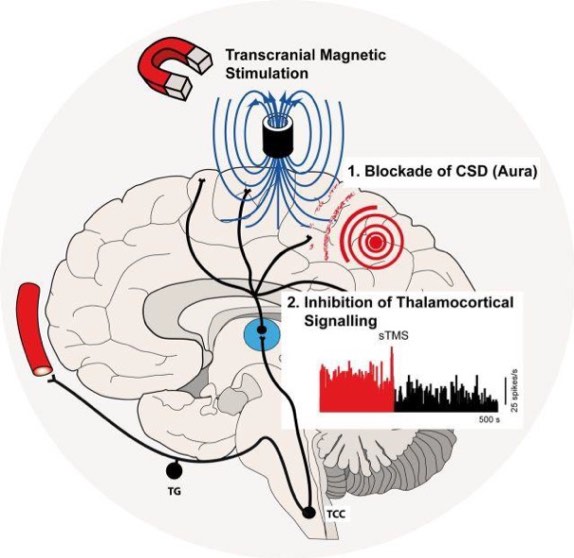
A Short Summary On Single Pulse Transcranial Magnetic Stimulation To Treat Migraine

Cureus How Far Has Repetitive Transcranial Magnetic Stimulation Come Along In Treating Patients With Treatment Resistant Depression
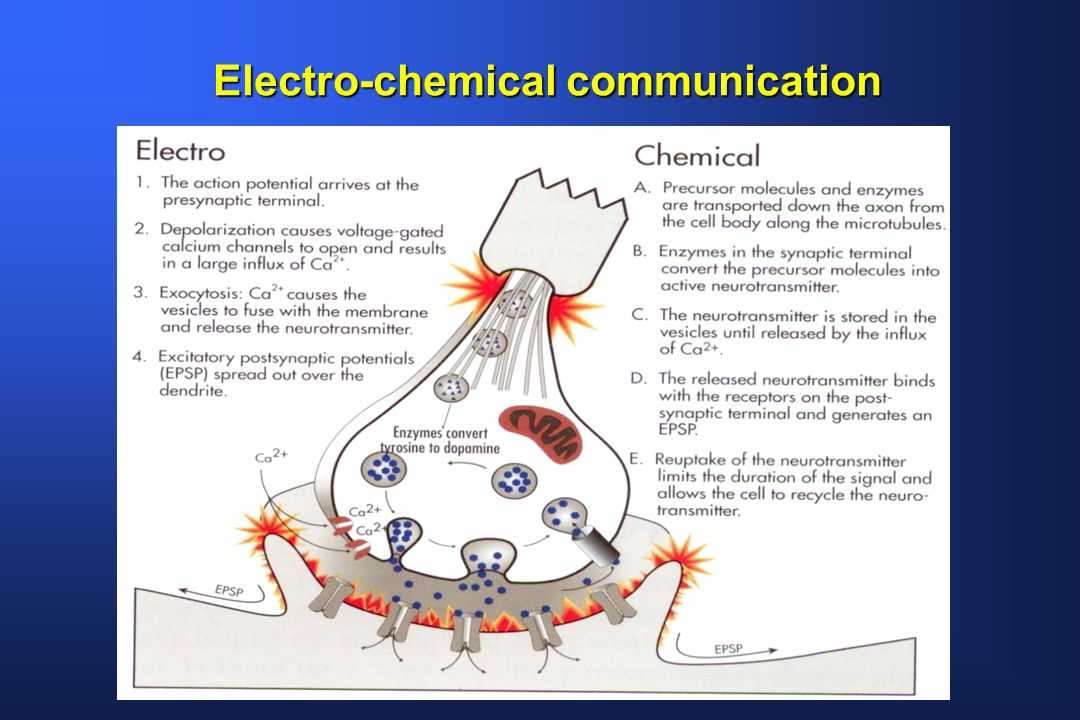
Repetitive Transcranial Magnetic Stimulation Rtms Ppt Video Online Download

What Is Transcranial Magnetic Stimulation Tms
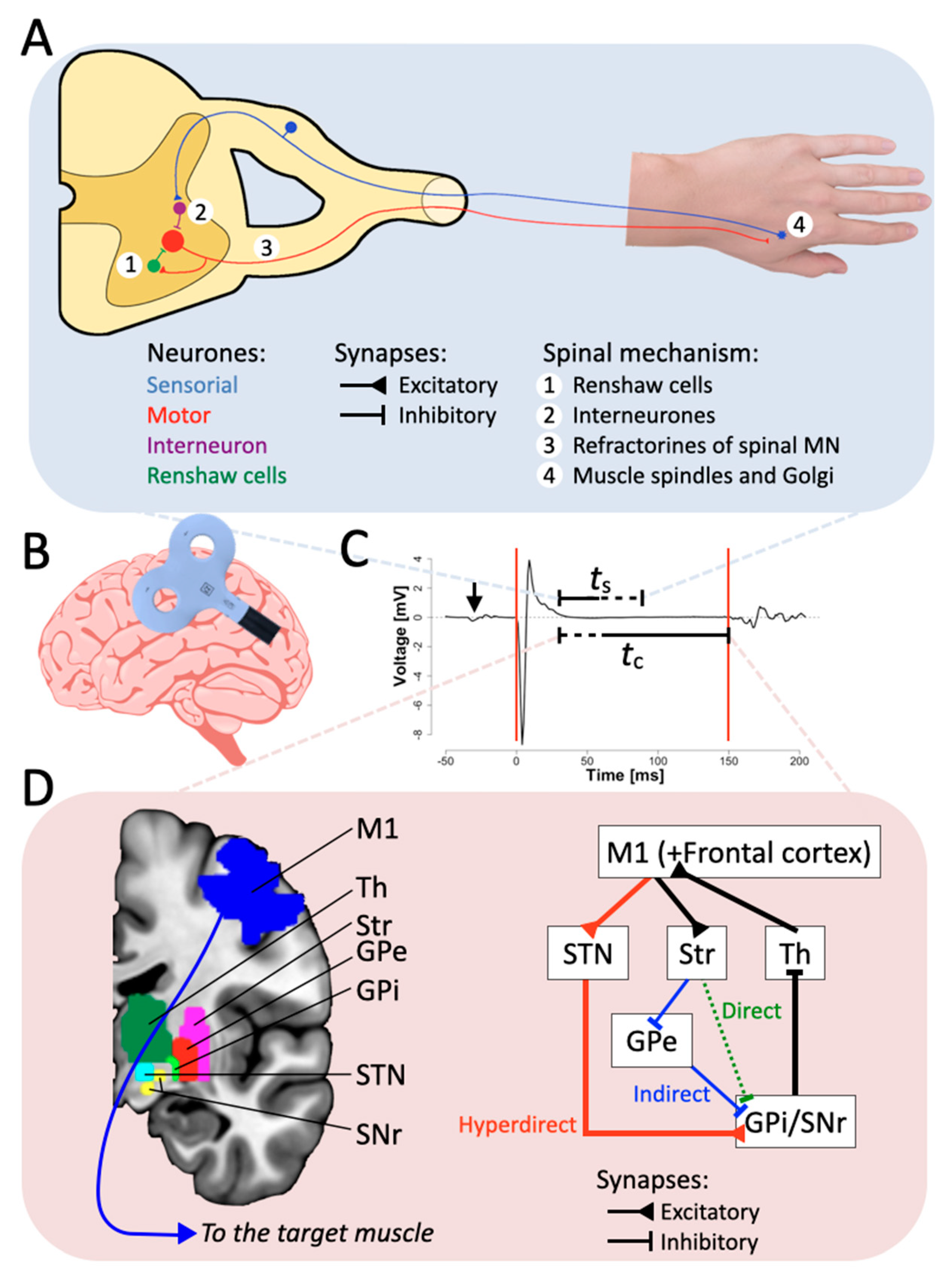
Cortical Silent Period Encyclopedia Mdpi

Transcranial Magnetic Stimulation Tms Inhibits Cortical Dendrites Elife

Assessment And Modulation Of Cortical Inhibition Using Transcranial Magnetic Stimulation
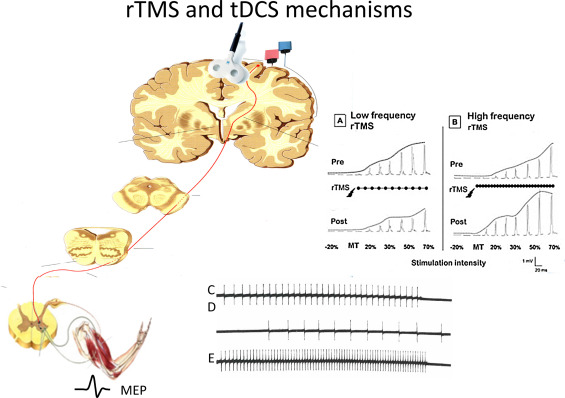
Repetitive Transcranial Magnetic Stimulation And Transcranial Direct Current Stimulation In Motor Rehabilitation After Stroke An Update Musculoskeletal Key
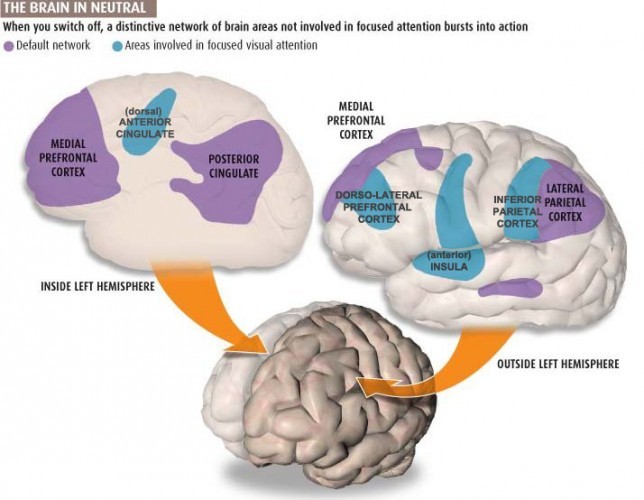
Default Mode Network And Depression Treatment Ketamine And Tms Gateway Psychiatric

Neuroimaging Mechanisms Of Therapeutic Transcranial Magnetic Stimulation For Major Depressive Disorder Biological Psychiatry Cognitive Neuroscience And Neuroimaging
